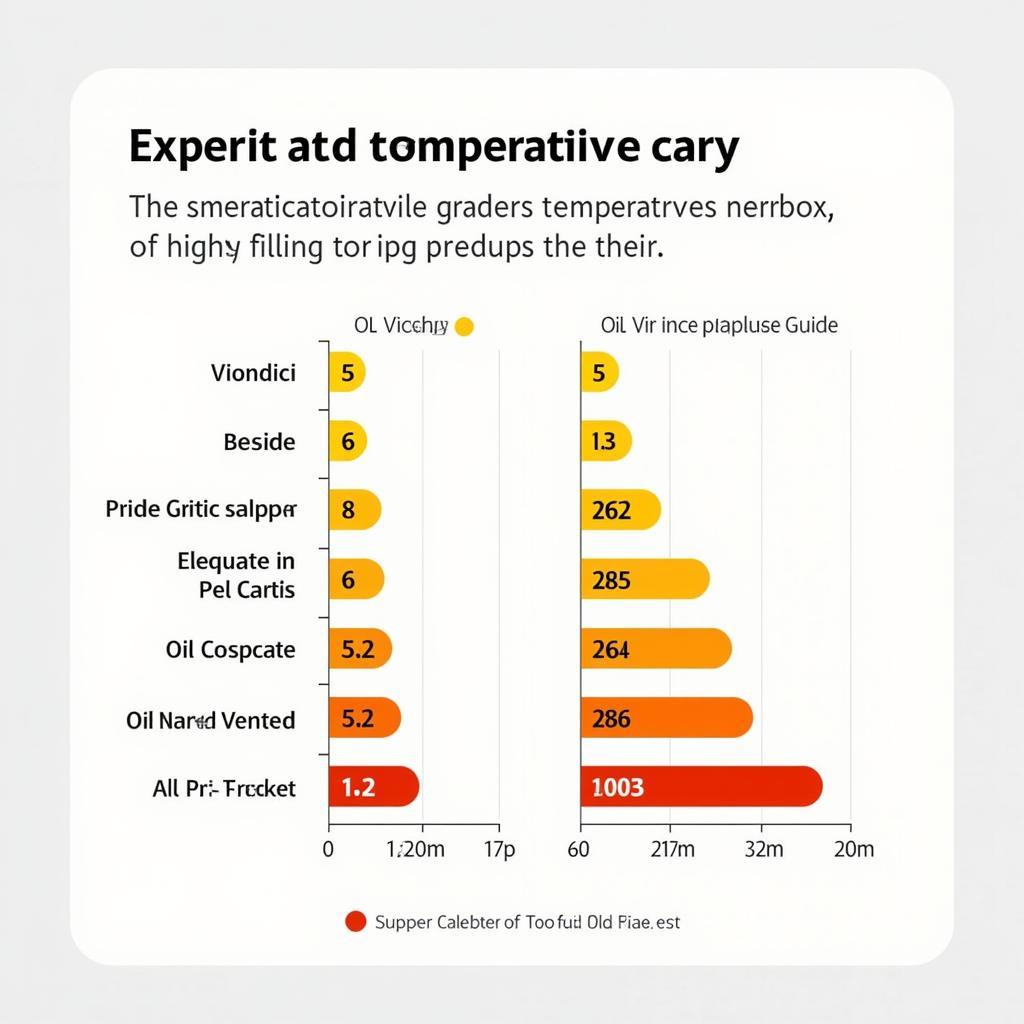Oil consumption is a common problem, especially in older vehicles. Knowing how to fix a car that burns oil can save you money and keep your engine running smoothly. This guide will walk you through the common causes of oil burning and provide practical solutions, from simple DIY fixes to more complex repairs that might require a professional mechanic.
Understanding why your car is burning oil is the first step to fixing the issue. Several factors can contribute, ranging from worn-out engine components to improper oil viscosity. Identifying the root cause will help you determine the best course of action and avoid unnecessary expenses.
Common Causes of Oil Burning
Several culprits can lead to oil consumption. Let’s delve into the most common ones:
-
Worn Piston Rings: Piston rings seal the combustion chamber, preventing oil from leaking into it. Over time, these rings can wear down, allowing oil to seep past and burn during combustion. This is often the primary cause of excessive oil burning.
-
Valve Seals: Valve seals prevent oil from entering the combustion chamber through the valve guides. Worn or hardened valve seals can leak, leading to oil burning.
-
PCV Valve Issues: The Positive Crankcase Ventilation (PCV) valve regulates pressure in the crankcase. A malfunctioning PCV valve can cause excessive pressure buildup, forcing oil into the combustion chamber.
-
Worn Cylinder Walls: Over time, cylinder walls can become scored or worn, allowing oil to bypass the piston rings and enter the combustion chamber.
-
Incorrect Oil Viscosity: Using oil that is too thin for your engine can contribute to oil burning. Thinner oil can slip past seals and rings more easily. Always refer to your owner’s manual for the recommended oil viscosity.
Diagnosing the Problem
Pinpointing the exact cause of oil burning requires some investigative work. Here are some diagnostic steps you can take:
-
Check Your Oil Level Regularly: Monitor your oil level frequently to determine the rate of consumption. This will give you a baseline for assessing the severity of the problem.
-
Look for Blue Smoke: Blue smoke from the exhaust pipe is a telltale sign of oil burning. This indicates that oil is entering the combustion chamber and being burned along with the fuel.
-
Perform a Compression Test: A compression test measures the pressure in each cylinder. Low compression in one or more cylinders can indicate worn piston rings or cylinder walls.
-
Inspect the PCV Valve: Remove the PCV valve and shake it. If it doesn’t rattle, it’s likely clogged and needs to be replaced. Similar to fixing car exhaust leak, addressing PCV issues can significantly improve engine performance.
 Inspecting the PCV Valve for Clogs and Damage
Inspecting the PCV Valve for Clogs and Damage
How to Fix a Car that Burns Oil: Solutions and Repairs
Once you’ve identified the cause of oil burning, you can implement the appropriate solution. Here are some common fixes:
-
Replace Worn Piston Rings: Replacing piston rings is a more involved repair that typically requires removing the engine. However, it’s often the most effective solution for excessive oil consumption. Just like understanding how to fix a misfire on a car, knowing the intricacies of piston ring replacement is crucial.
-
Replace Valve Seals: Replacing valve seals is less labor-intensive than replacing piston rings and can sometimes be done without removing the engine.
-
Replace the PCV Valve: If the PCV valve is clogged or malfunctioning, replacing it is a simple and inexpensive fix.
-
Use Thicker Oil: Switching to a higher viscosity oil can sometimes help reduce oil consumption, especially in older engines. Be sure to consult your owner’s manual for the recommended oil viscosity range. Car burns oil fix often involves understanding the right oil viscosity for your vehicle.
-
Engine Overhaul: In cases of severe engine wear, an engine overhaul or replacement might be necessary.
 Choosing the Correct Oil Viscosity for Your Car
Choosing the Correct Oil Viscosity for Your Car
Preventing Oil Burning
While some wear and tear is inevitable, proactive maintenance can help prevent excessive oil consumption. This is similar to understanding how to fix car pollution through preventative measures.
-
Regular Oil Changes: Regular oil changes with the correct oil viscosity are crucial for maintaining engine health and preventing oil burning.
-
Avoid Overheating: Overheating can damage engine components, including seals and rings, leading to oil burning.
-
Use Quality Oil and Filters: Using high-quality oil and filters can help protect your engine and prevent premature wear.
Conclusion
Addressing oil burning promptly can prevent further engine damage and costly repairs. By understanding the common causes and solutions, you can take the necessary steps to keep your car running smoothly and extend its lifespan. For personalized assistance with your car’s oil burning issue, contact AutoTipPro at +1 (641) 206-8880 or visit our office at 500 N St Mary’s St, San Antonio, TX 78205, United States. If you’re looking for ways on how fix a car motor that burns oil, you can find more information on our website.




Leave a Reply